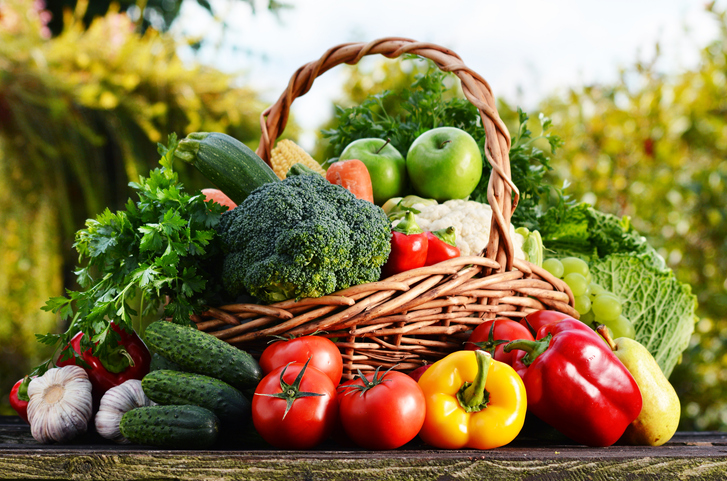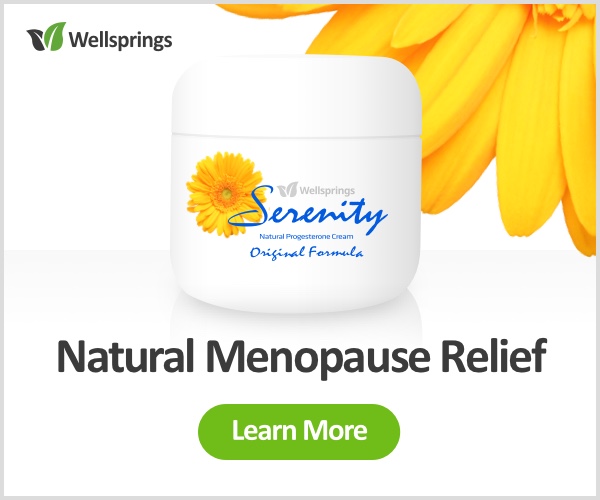How To Help Your Symptoms Through Diet At Menopause
If you are what you eat, is your diet helping or hindering you?

I get to see a lot of health and cookery books that have a healing approach and often been struck by how many really good ones seem to come out of Australia.
Maybe the outdoor life inspires this, and it seems healing using nutrition and alternative remedies are very much part of the culture from the many good uses for Tea Tree Oil to Australian Bush Essences.
Australian clinical nutritionist Sophie Manolas has some great dietary ideas for help with the common symptoms of menopause and I am happy to share them with you.
We often say ‘you are what you eat’ but don’t really practice it so here are some suggestions that could change how you eat for hormone health.
How can the right diet help your menopause?
As a clinical nutritionist Sophie wrote a ground breaking book ‘The Essential Edible Pharmacy’ that looked at the health benefits of over 60 commonly available and nutrient-dense foods.
What could you change in your daily diet that could make a real difference to help minimise menopause symptoms and avoid illness?
Weight control
This is just about neck and neck with worries about hot flushes and, just like them, is sadly is often all too visible.
Oestrogen dominance means an extra layer of fat and no matter how hard you exercise or diet it can be difficult to shift.
Oestrogen dominance occurs when you have higher levels of oestrogen than progesterone, and this can occur with even low levels of oestrogen if your progesterone levels are lower still.
At menopause the body shifts production of oestrogen from the ovaries into the fat cells of the belly, abdomen and thighs.
Unfortunately, progesterone novels drop more dramatically, and this is particularly true for women who have had a hysterectomy, so the natural balance of the two hormones is lost.
This results in the hormonal weight gain many women experience at this time but switching just a few items in your diet could make all the difference.
Key ingredients
This is back to basics with A for avocado, B for broccoli, C for cinnamon and then skip to P for pulses.
* Avocados are a ‘superfood’ and they will help you feel fuller for longer, which helps to curb cravings for high-sugar foods.
They have the best of the ‘healthy’ fats and their fibre content promotes fullness and reduces appetite. However, they should be consumed in moderation which is about half an avocado a day.
* Broccoli has so many health benefits but did you know it could also help with weight loss?
That is because it is low in calories and high in fibre which promotes fullness and helps control appetite and reduce snacking. It has essential vitamins and minerals and compounds that may boost metabolism and help regulate sugar levels.
* Cinnamon can help reduce insulin resistance – a common condition when the cells stop listening to the hormone insulin, resulting in weight gain and an increased diabetes risk – as insulin encourages the uptake and utilisation of sugar in the bloodstream.
It can be used whole or ground into powder to add flavour.
* Pulses and seeds are also good for weight control as they have a high protein and fibre content to keep you feeling full for hours. So add chickpeas, lentils and Chia seeds to your daily diet.
Heart health
Women often underestimate the risk of heart disease at menopause, but it is more dangerous than cancer in terms of deaths per year.
Bioidentical progesterone supports heart health, and don’t neglect these heart helpers either.
Key ingredients
Lots to explore here from almonds to tomatoes, and more.
* Almonds and pistachios help lower cholesterol, and reduce your risk of diabetes.
* Bananas have plenty of fibre to keep you going, and potassium which is another heart healthy necessity.
* Beetroot can help lower blood pressure.
* Brazil nuts are high in selenium and healthy heart protective fats.
* Figs can reduce cholesterol and improve heart health as they are full of fibre and contain plenty of B vitamins to increase your energy levels.
* Garlic is a great multi-tasker as it helps lower cholesterol and blood pressure.
* Spinach is full of antioxidants and contains potassium, which is beneficial for your heart.
* Tomatoes because of the antioxidant function of lycopene, combined with the other powerful antioxidants s such as vitamin C and beta-carotene.
They neutralise the free radicals that could otherwise damage cells and cell membranes and so reduce the potential for the progression and severity of atherosclerosis.
Strong bones
A hidden danger at menopause is the increased risk for osteoporosis as there are no visible signs until you break a bone.
If you have a risk for this disease then a preventive diet is a good place to start and then boost your diet with bioidentical progesterone to help build new bone.
Key ingredients
Greens, seeds and vegetables are the key here.
* Brussels sprouts are high in antioxidants, and with vitamin K and vitamin C are good for your bones.
If you want a great way to use them then Sophie has a recipe for honey roasted sprouts combined with onion and garlic – it even converted me – and there are plenty of options on the Internet too.
* Kale has been hailed as a superfood and certainly it helps build bones and so do everyday vegetables like parsnips and turnip.
* Leafy greens are best combined with sesame seeds to give you a good form of absorbable calcium.
Hormone balance
Anxiety, mood swings, hot flushes – who would welcome menopause? But it can be helped by maintaining good hormone balance and ensuring your diet does its best to support, not sabotage, your symptoms.
Key ingredients
Oil, seeds, cruciferous vegetables and cabbage are the important elements here.
* Coconut oil contains conjugated linoleum acid, a fatty acid which helps to reduce oestrogen dominance.
Healthy fats are essential for warding off anxiety and can help with the mood swings of menopause too.
* Leafy green vegetables like spinach, cabbage and kale all have a high fibre content and that helps with both hot flushes and night sweats.
* Linseeds are high in omega-3 fatty acids to calm anxiety and help with depression.
* Sesame seeds, edamame beans, broccoli, cauliflower and cabbage all provide natural phytoestrogens to help with hot flushes, and good for women with naturallylow oestrogen levels.
* Walnuts have a high vitamin E content to help hot flushes, and that irritating itchy skin which is a common feature of hormone imbalance.
They also boost your heart, bones and help with weight management – a lot of benefit for just a few walnuts a day.
Helpful information:
Menopause is a constantly changing evolution, so using your everyday foods and supplementing with bioidentical hormone creams will help you stay on top of your symptoms.
If you are coping with mood swings, hot flushes, night sweats and more then you may need help from progesterone or a combination of progesterone and oestrogen depending on he severity of your symptoms.
Sophie Manolas book is available online and if you feel you need more help with oestrogen dominance then this specific diet can also be effective.
https://anna.blog.wellsprings-health.com/the-diet-to-help-beat-oestrogen-dominance/


















